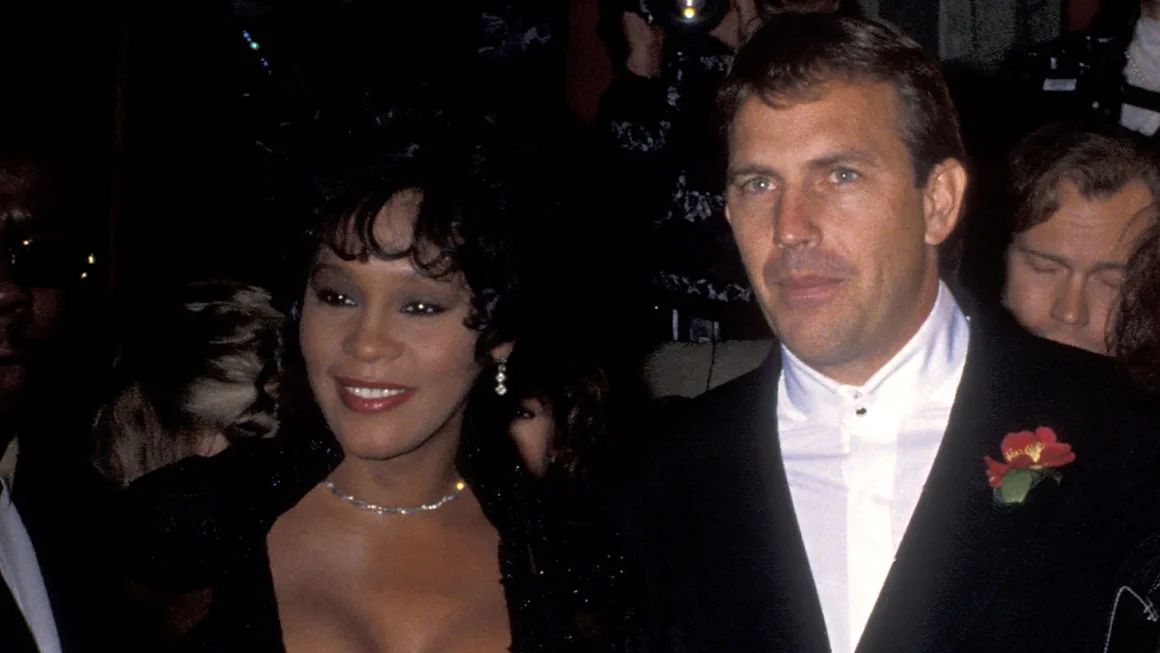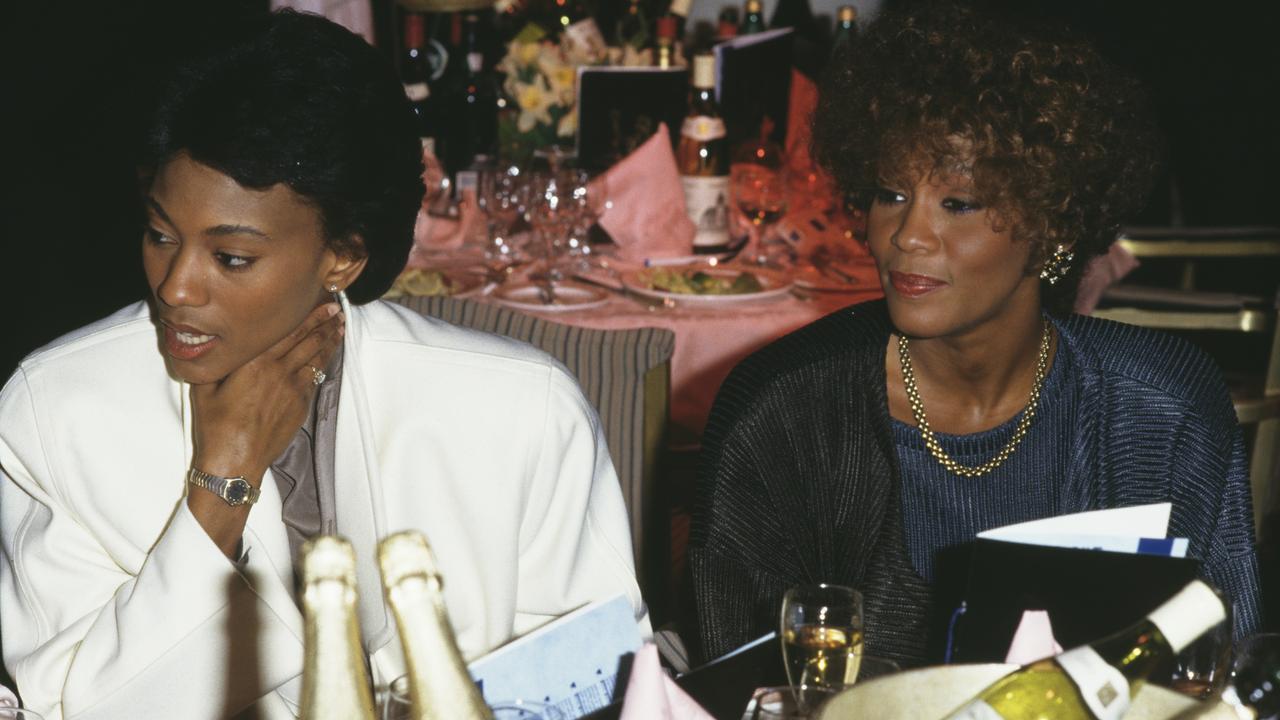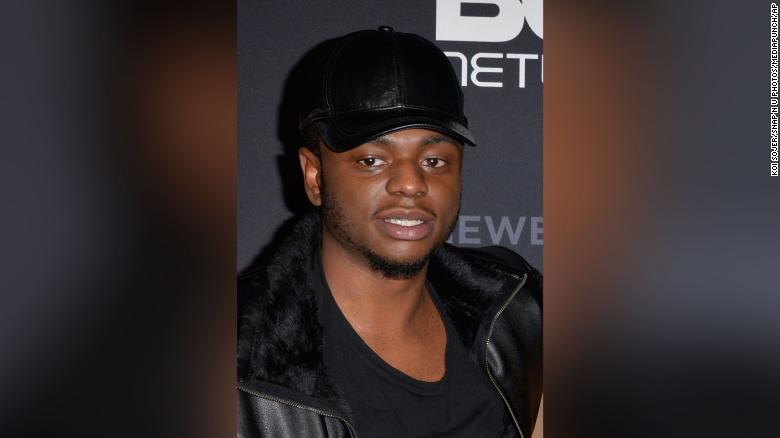
This article is more than
8 year oldNew documentary explores Whitney Houston’s bizarre love triangle
Whitney: Let Me Be Me director Nick Broomfield said Houston’s family have tried to airbrush Crawford — and Brown — from the singer’s history after her death in 2012.
Houston’s estate tried to stop the documentary being released and refused to be interviewed for the project.
“Robyn and Bobby were the two main relationships in her life,” Broomfield told News Corp.
“Robyn was very much her guardian angel who was trying to keep her together. She has been very under-represented in the portraits of Whitney. Her family have gone to great lengths to eradicate Robyn Crawford from Whitney’s history, so it was very satisfying to get it back in there in this film.”
RELATED: Bobby Brown claims Whitney Houston had affair with Tupac Shakur

SECOND LIFE
Houston and Crawford met when they were both 16 working a summer job in New Jersey. Crawford upgraded from best friend to assistant once Houston’s musical career took off in the mid ‘80s — but she quit working for the singer in 1999 after constant clashes with Houston’s husband Bobby Brown.
Their relationship has been compared to Oprah and Gayle King; lesbian rumours surrounded the pair while Houston was alive. Conspiracy theories suggested she married Brown to deflect the rumours. Crawford, who now has a wife and two kids, has always refused to discuss her relationship with Houston and did not take part in the documentary although has supported it — it uses footage from a 1999 tour she had greenlighted.
Broomfield interviews an array of people who knew Houston, some suggesting she was bisexual, others that she was a lesbian.
“Whether Whitney was gay was neither here nor there to me,” Broomfield says. “I know she and Robyn lived together for a long time, they had a very intimate friendship. I think there was definitely some kind of relationship there, probably a sexual relationship at one point, that might have changed at the end but there was definitely something there.
“I think that’s why Robyn as very threatening to Bobby Brown. It encroached on his relationship with Whitney. There was this strange three-way love affair with Whitney in the middle that caused Robyn and Bobby to occasionally come to fisticuffs.”
RELATED: Whitney Houston ‘had relationships with women,’ says Bobby Brown

FLYING HIGH
Broomfield’s documentary features an interview with Houston’s former bodyguard David Roberts who witnessed the physical altercations between Brown and Crawford.
Roberts also reveals a letter he wrote to people in charge of Houston’s career pointing out her heavy drug use — including overdosing on cocaine during the filming of Waiting To Exhale in 1995.
He warned that her drug addiction was ruining her voice and she was surrounded by enablers — he was sacked soon after the letter was received.
Broomfield said some of those in Houston’s entourage preferred to keep her high — she spent much of her $250 million fortune on buying houses and cars for those close to her.
“Whitney’s brothers both had drug habits and were in and out of rehab,” Broomfield says. “Bobby Brown’s family had a lot of problems as well. Whitney was the person everyone depended on. She was always so concerned that everyone around her was happy, she was prepared to fork out all this money. You get the feeling it was easy for people to have her high and incapacitated rather than be decisive and decide certain people should be cut off and not be supported any more.
“Her drug counsellor is very clear about that, when she got Whitney clean she said a lot of people weren’t happy because she started taking back cars and houses and saying no. There was an element of people preferring it when she was out of it.
“Even Robyn went to Whitney’s mother Cissy in the ‘80s and said she was worried about Whitney’s drug use way back then. Cissy didn’t like the fact Robyn was telling tales on Whitney, a very telling reaction I thought.”
Whitney: Can I Be Me opens in Australian cinemas on June 15






